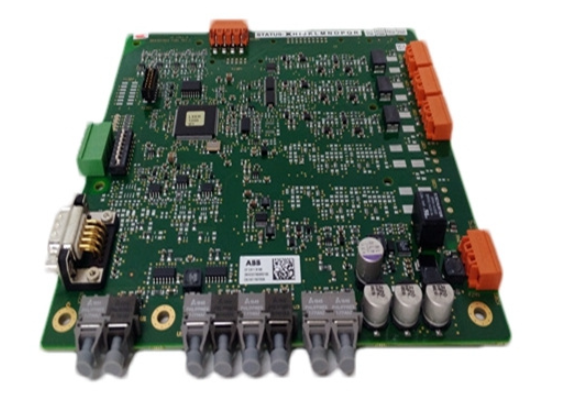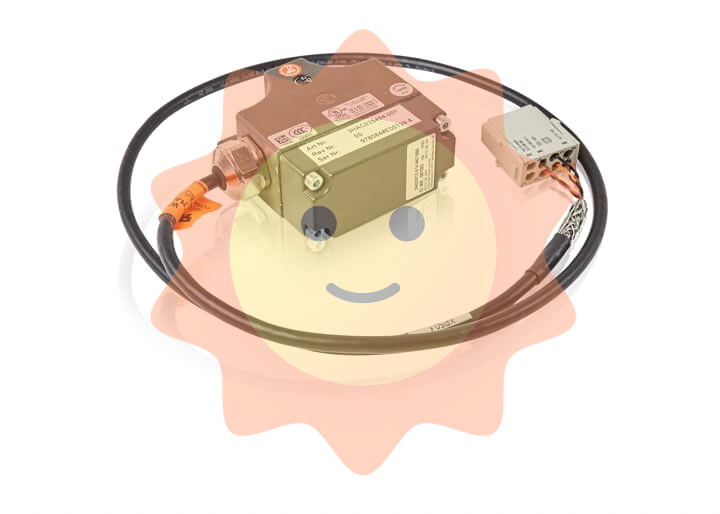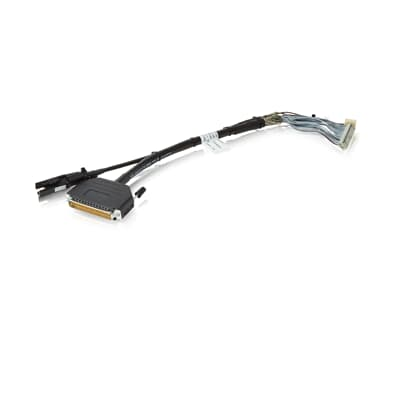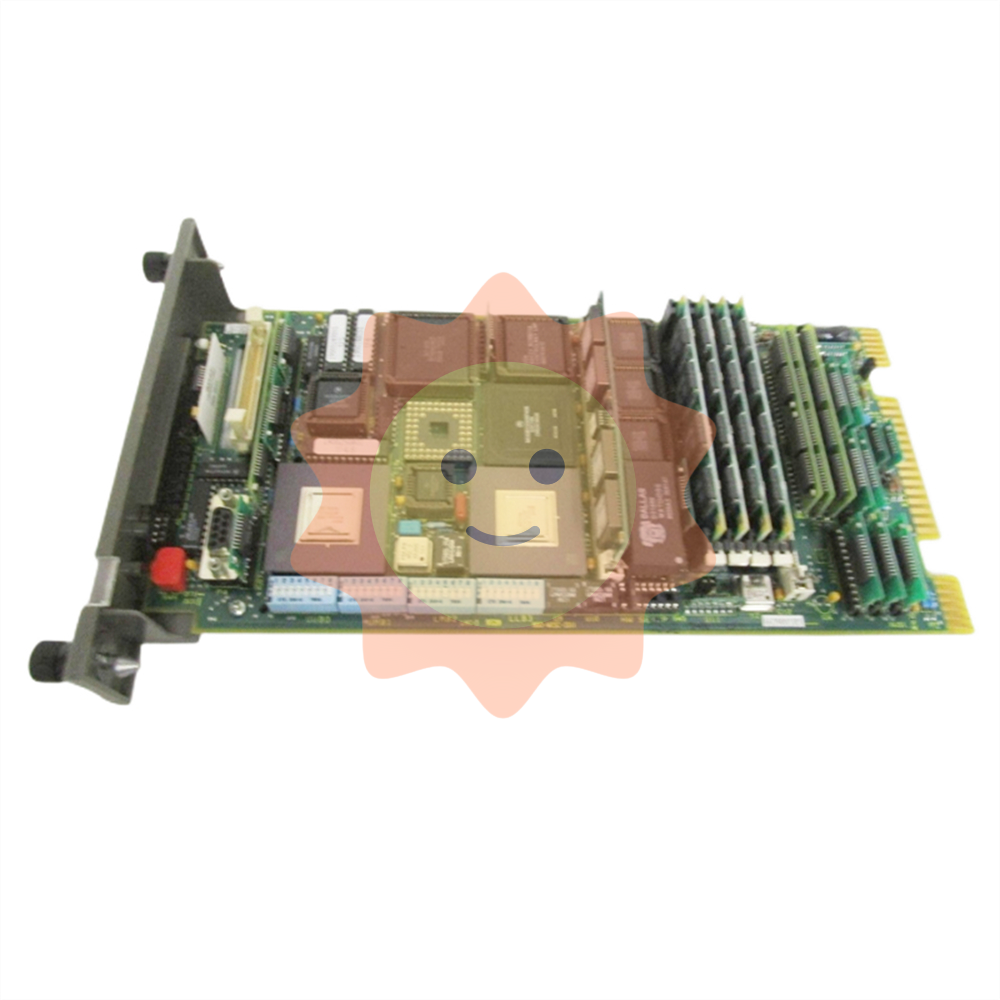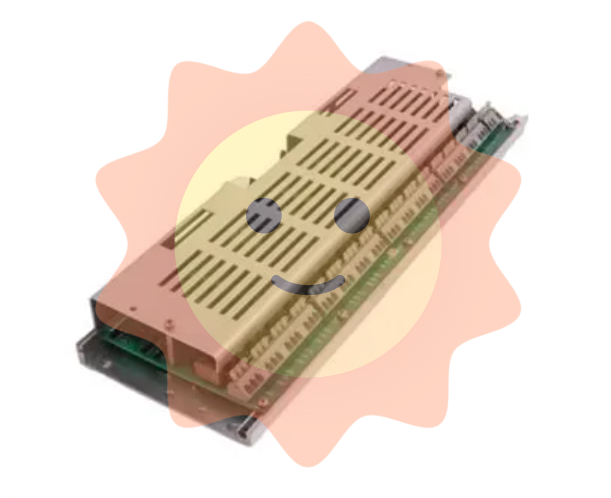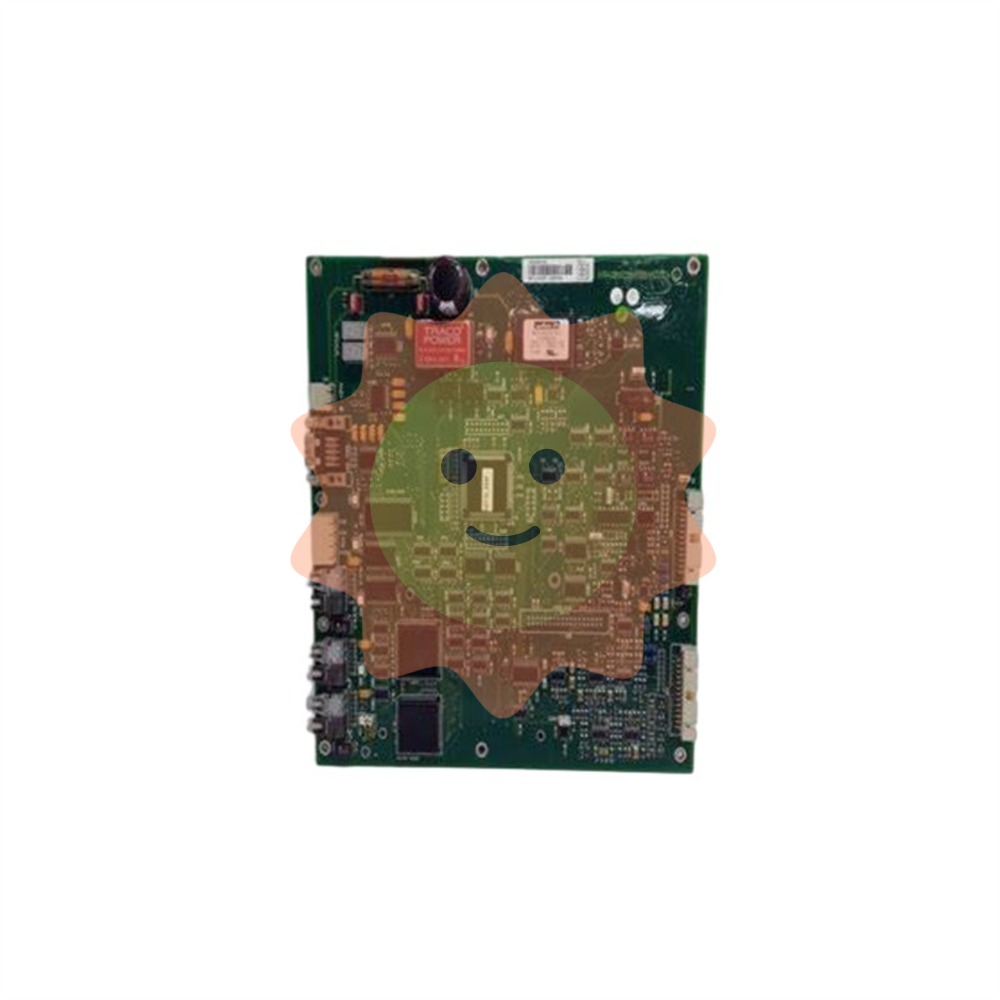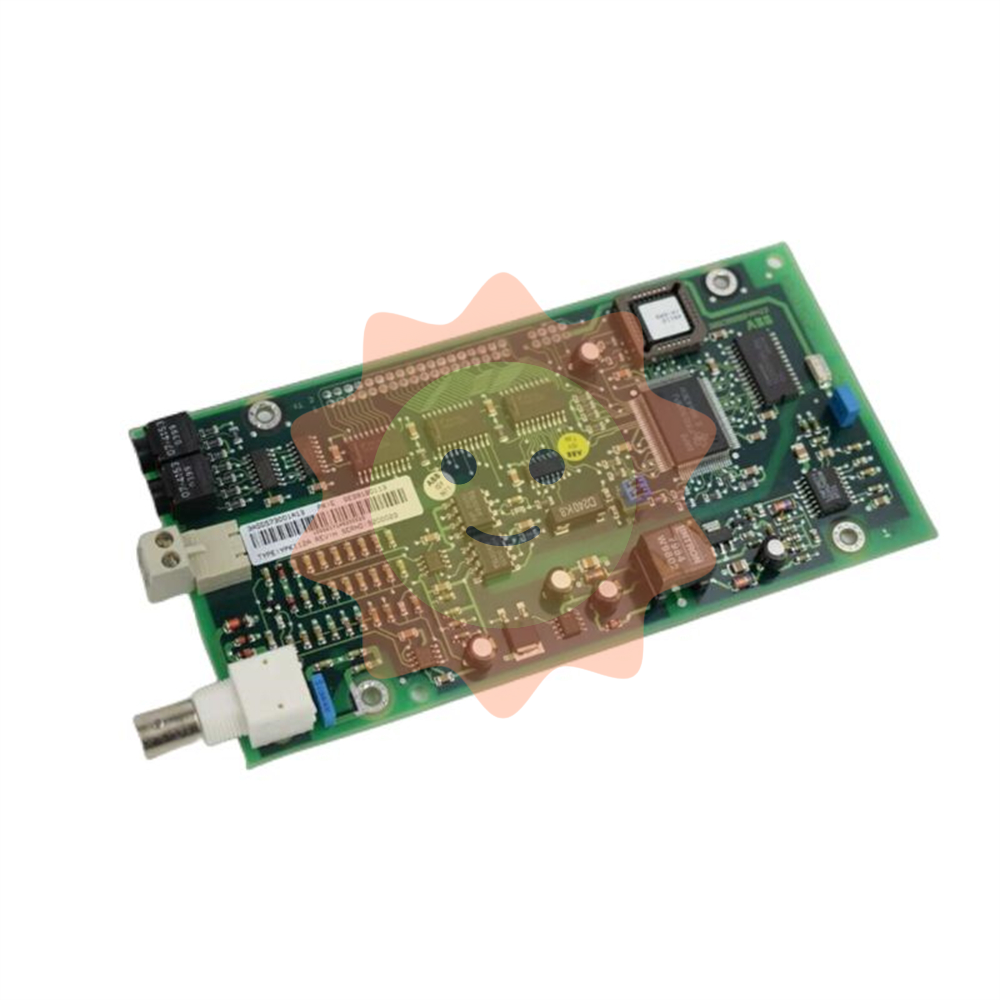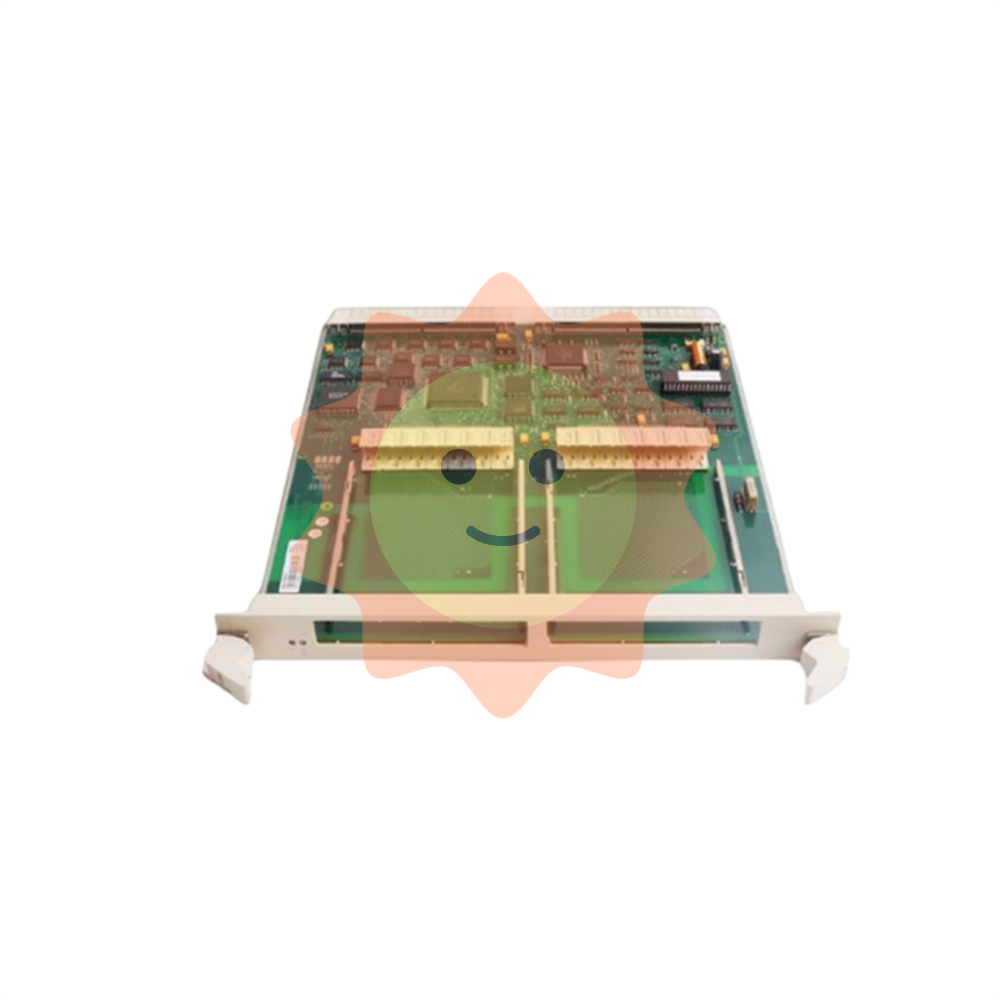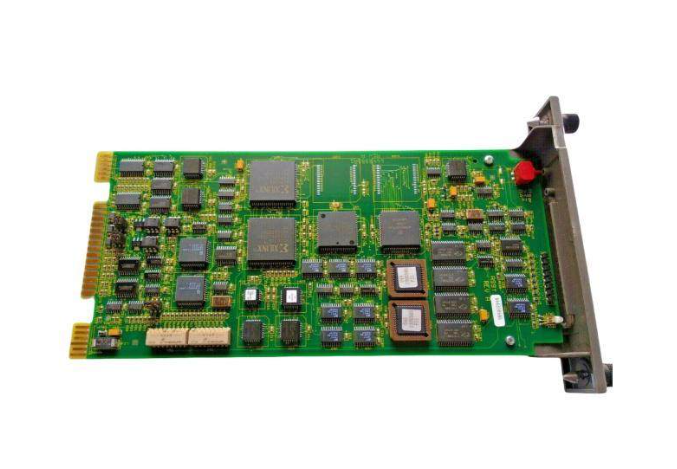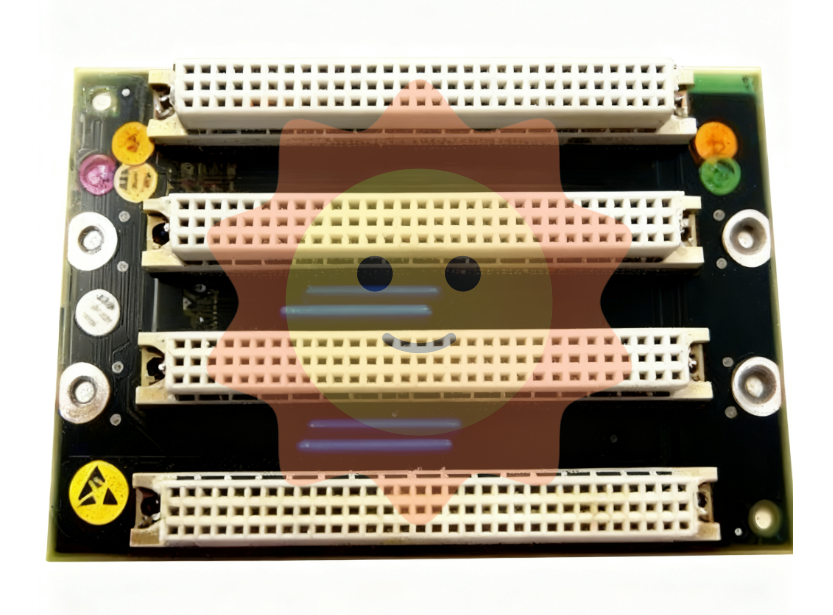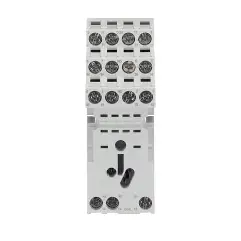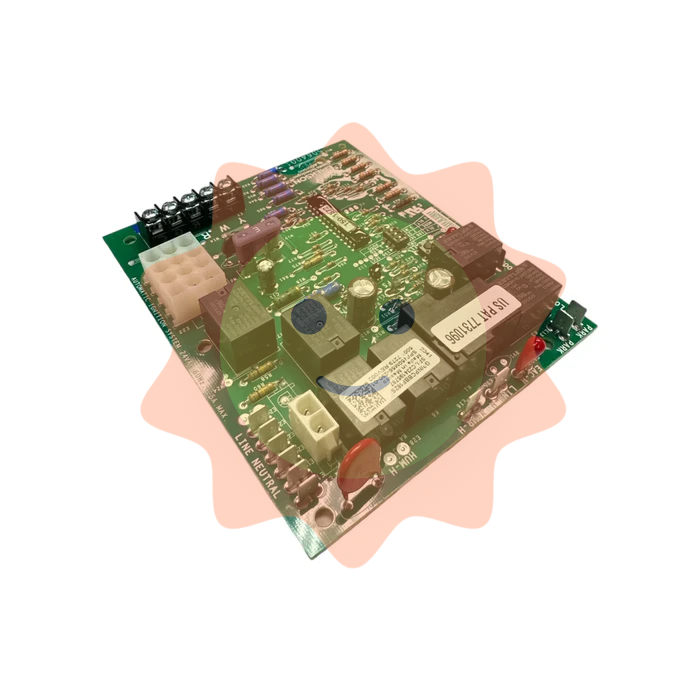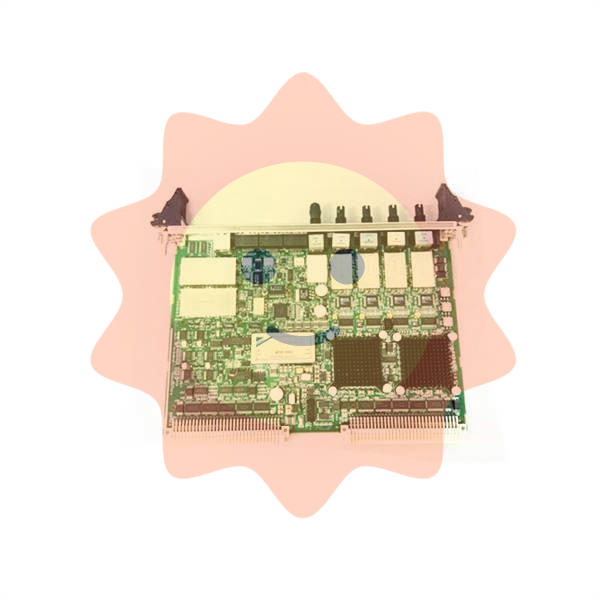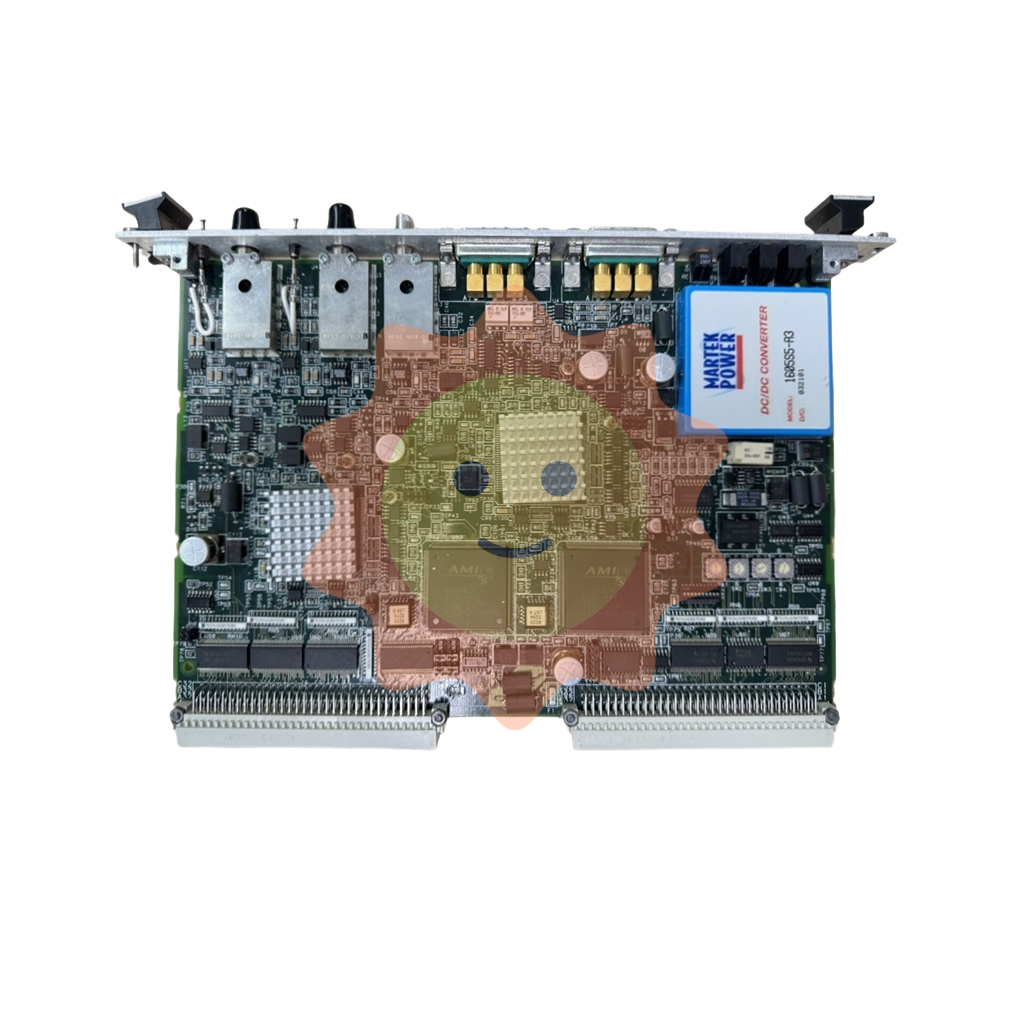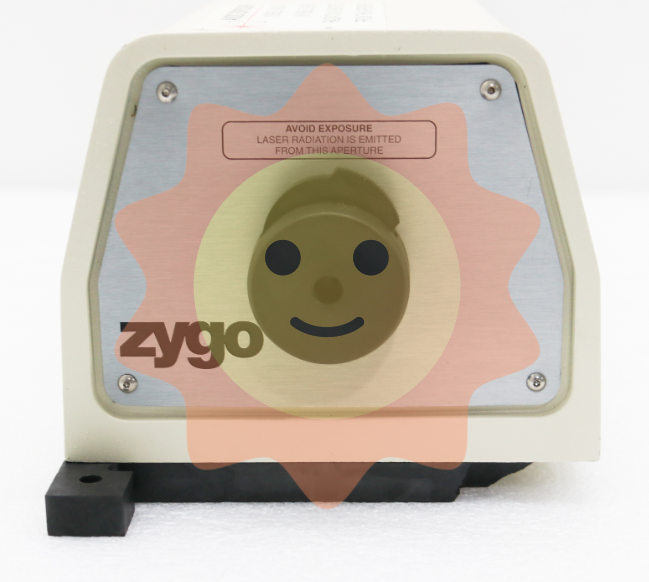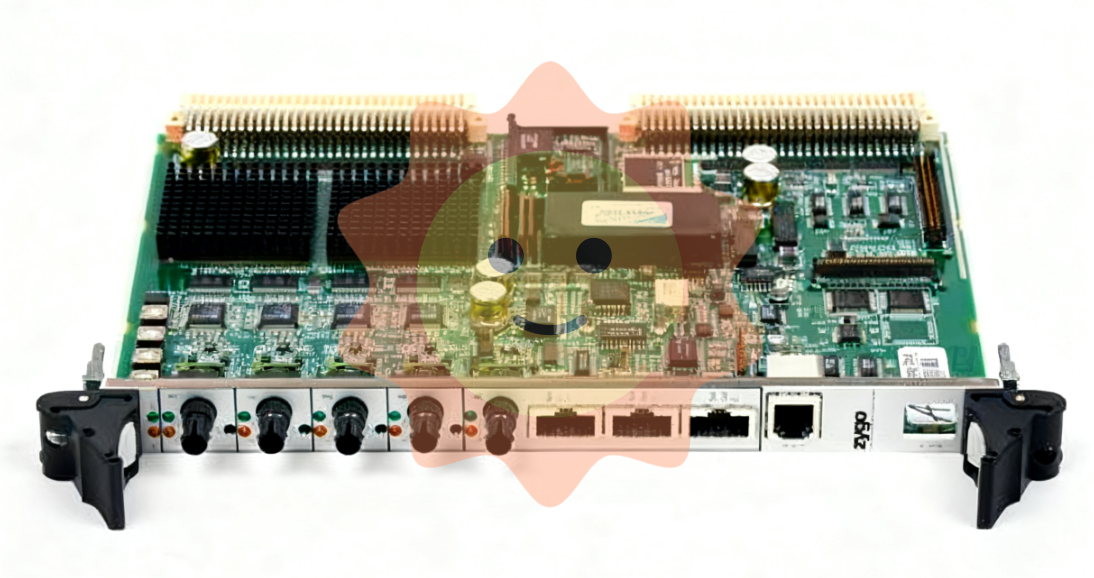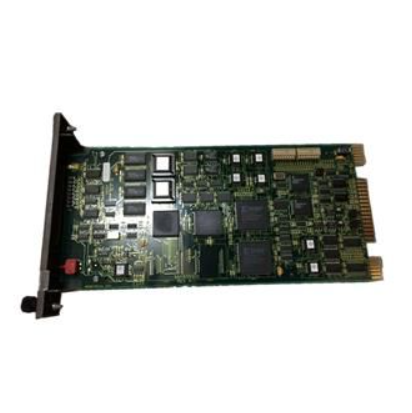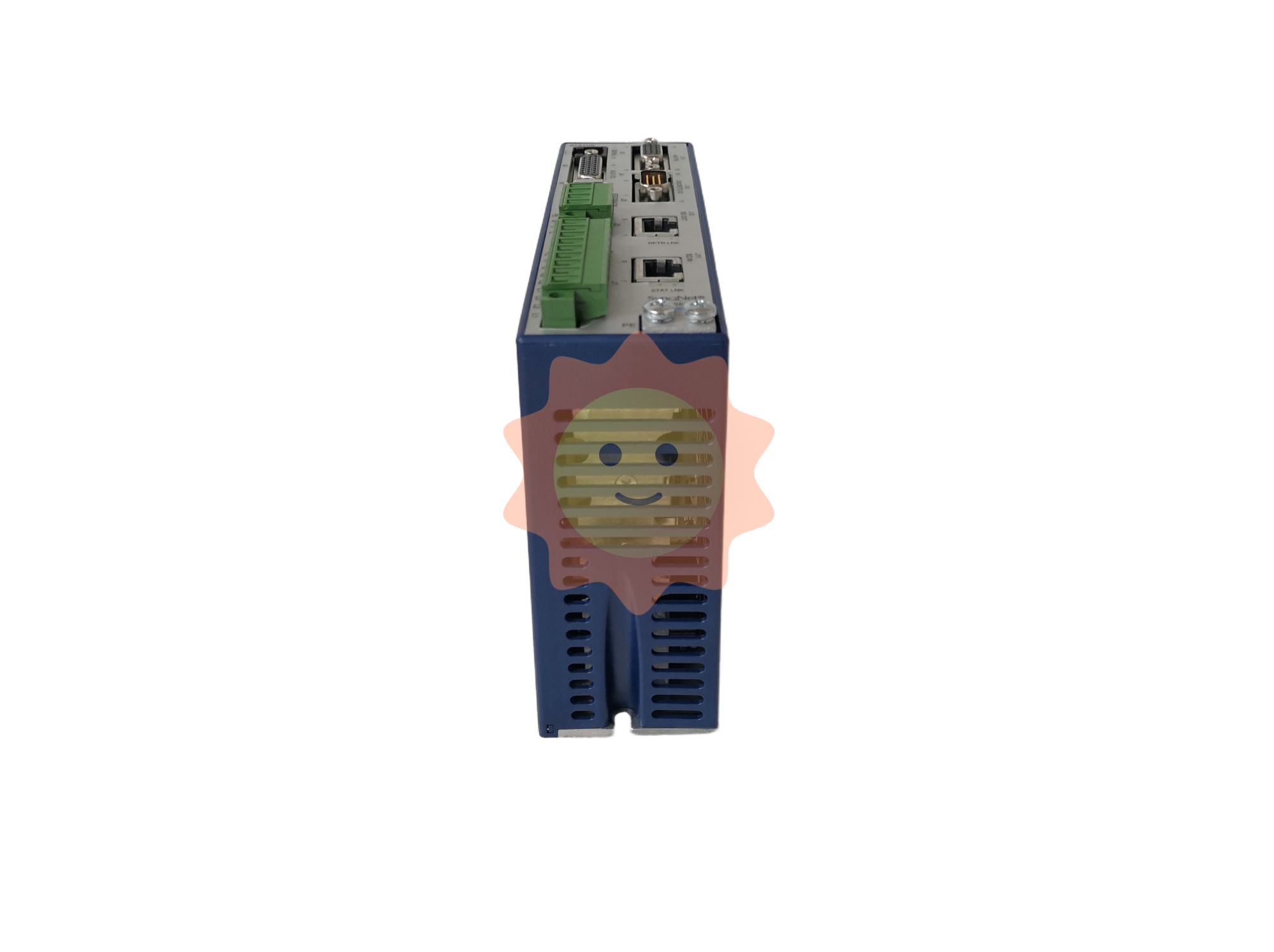Opportunities and challenges in the Life Sciences and Healthcare circuit
The curtain has opened in 2023, with the gradual remission of the novel coronavirus epidemic, in the context of the aging population and the deepening of healthcare reform,
The potential of "life science and medical health" has been accelerated and released, becoming a hot track that attracts much attention in the venture capital circle.
In the post-epidemic era, what will be the pattern and trend of the life science and medical health track? What opportunities will policies bring to its development? How should the relevant companies raise funds? With these questions, Chuangbang specially invited Chen Penghui, founder of Boyuan Capital, and Zhang Suyang, founding partner of Volcanic Stone Investment, to bring you a wonderful "knowledge feast".
In 2022, with the impact of the epidemic, the life sciences and medical health circuit experienced a roller coaster of ups and downs. What will happen to the track in 2023? The two guests respectively expressed their unique observations and reflections.
Mr Chan described the past year as one of "drama".
Observing the development curve of the life science and medical health track, it can be seen that it reached the peak from 2020 to 2021, but entered the trough from the second half of 2021 to 2022, and the adjustment amplitude was almost "cut off along the knee", but the index of the entire track at the end of 2022 also welcomed the rebound of the valuation, even if the rebound was far below the historical peak. Chan expressed his confidence in the Life Sciences and Healthcare circuit, talking about two very big drivers behind the development of this circuit.

The first driving factor is people's attention to life and health, and the demand for quality of life is growing. The second driving factor is the technological revolution, from small molecules to macromolecules, cell therapy, gene therapy to medical devices, the combination of continuous technological breakthroughs and expanding demand, so that investors are very optimistic about the prospects of the industry. However, Chen Penghui also mentioned that the current primary market is still relatively cautious when investing, the valuation will be very rational, and many investment institutions are changing to innovative projects.
Coupled with the impact of short-term policy factors such as medical insurance costs and volume procurement, investors are highly risk-averse, more inclined to invest in early projects with lower valuations, and tend to invest in medical devices, synthetic biology, biological manufacturing and other enterprises that are easy to create income and profits.
Looking at the future of the life sciences and healthcare circuit from a macro perspective, Chen observed the following trends.
The first trend is that medical insurance costs will continue, which is related to China's aging population and industry policies, but the overall trend is easing. The second trend is that companies are increasingly going overseas. At present, some Chinese enterprises are "borrowing ships to go to sea", granting the right of products to large international pharmaceutical companies or medical device companies; Some are "shipbuilding", such as Mindray Medical, whose overseas sales reach $1 billion a year. In the future, more and more Chinese enterprises will choose to "buy ships to go to sea", enter the international market through acquisitions and mergers, and at the same time, due to the international situation and the restrictions of the epidemic, more new opportunities for supply chain localization will be born. In the longer term, Chen sees two new opportunities.
The first is the opportunity presented by China's aging population. Aging is not only the increase of China's elderly population, but also the change of China's population structure. When China's post-60s and post-70s get older, they will show stronger consumption power and more diversified consumer demand than the post-40s and post-50s, and they will have greater acceptance of new technologies and new products.
The second opportunity is breakthroughs in biotechnology, which can not only bring advances in solving human diseases, but also surprise in transforming traditional industries. Zhang Suyang believes that life science and medical health belong to the specific scope of large health, from the perspective of consumption scale, in addition to real estate, food and automobiles, its market size has reached 7.5 trillion, very large.
Secondly, life science and medical health are not entirely in the consumer field, because most of their subjects are to B business, more decision-making links, longer value chain, is an industry whose marginal cost is not easy to decline rapidly.
In addition, life sciences and healthcare are relatively slow to deliver products and services, and the spillover capacity of new technologies is not comparable to other consumer goods.
In addition, health care is a "life and death" industry, which is subject to strong regulation and requires more time to polish products and services. From the perspective of investors, it will take longer to exit.
Zhang Suyang believes that the future life science and medical health industry will have the following important variables. The first variable is aggregation. In recent years, the adjustment of collectivization has changed the sales system of medical products in China, and all aspects of the value chain have changed, so the valuation of the industry will also change.

The second variable is genomic technology. In the past 20 years, only genomics has developed faster than Moore's Law. At that time, the world spent 3.3 billion dollars to do the whole genome of the human body sequencing, from the genetic level to understand what is human, human is also digital, is 4 letters. Knowing that people can do research from a digital perspective also opens up a new line of life science research. Now it costs $1,500 to make a human genome.
Genomic technology has allowed us to recognize that humans are "digital," that the combination of digitization and molecular biology has produced rapid change and significant cost reductions, and that the study of the genome has contributed to a better understanding of the root causes of disease and the development of new treatments based on this knowledge.
Zhang also shared some new changes in the life science and medical health industry in the future. First of all, the vast majority of medical equipment today still relies on imports, but in today's specific situation, as long as the quality of the product is good enough, any product that can be replaced by domestic can be entered.
The second change is the discovery of new targets. Due to the intensification of market competition, enterprises can no longer "follow others", but must have the ability to innovate independently.
The third change is the multiple intersections of technology. For example, the emergence of 3D printing drugs, the realization of 3D printing drugs need to realize the printer, printing materials and drug regulation of these three technologies. The printing material refers to the need to create a material that meets medical regulatory requirements, and the drug conditioning refers to the printed pill that can be accurately adjusted and released after entering the stomach.
Today's life sciences and medical health are facing the problem of domestic substitution in innovative drugs, medical devices, vaccines, etc. What opportunities and challenges will emerge from this?
Zhang Suyang believes that domestic substitution involves more things, from the perspective of domestic medical materials, a large number of new materials need to be developed, but the current domestic materials are not high enough quality, need to rely on imports, and processing technology problems, because the domestic processing equipment can not do the most sophisticated level, so to Singapore or Germany to open mold.
Chen Penghui said that there are many things in the investment of the medical industry that are difficult to see, but domestic substitution is one of the few directions that can be seen, and one of the reasons is that the awareness of users has changed dramatically.
Five years ago, users were more inclined to import because the quality of imported products was more guaranteed; today, the opposite is true. When this change occurs, whether it is customers, regulators, or the upstream and downstream of the industry, it will form an exponential growth rate.

Chen Penghui further added that from the perspective of supply chain security, the epidemic and geopolitics have also given domestic alternatives a huge space for trial and error - your product quality may not be better than imported products, but users will consider if one day can not buy imported products. So when the logic changes, the speed of domestic alternatives will accelerate and the degree of acceptance will be higher.
What are the most promising technologies for the life sciences and healthcare circuit? What are the innovations and breakthroughs in 2023? What are the constraints? The two guests also expressed their views.
Chen Penghui believes that there are two breakthrough points in the future life science and medical health track.
One breakthrough is the emergence of new technology platforms. Breakthroughs in technology platforms are not common, and many so-called "breakthroughs" are in a certain molecule, target or mechanism, and do not form platform breakthroughs. For example, the sudden fire of synthetic biology, which has been developed in the United States for more than ten years, has walked a very tortuous road.
For investors, the real challenge is to find new opportunities in new technology platforms, which may be scattered, but are the main theme of investors in the next few years.
Mr. Chan also mentioned digital health products, such as wearable wristbands. At present, everyone is very concerned about the sports data of wearable bracelets, which will be a huge potential consumer market for the future 60 and 70 years.
Compared with the post-40s and post-50s, the post-60s and post-70s are more sensitive to the Internet and digital technology, so their popularity and acceptance of digital health products is higher, and there will be exponential growth. However, digital health products also face a problem - how to gain consumer recognition, which involves people's psychological factors, because people almost always pay attention to medical treatment and health when they are sick.
Zhang Suyang mentioned that because it is closely related to everyone's life, the life science and medical health circuit is largely subject to ethical constraints. In addition, due to the large investment in the life sciences and healthcare circuit, there may be constraints on the pricing system.

Beyond that, the life sciences and healthcare circuit has few other constraints, and companies can push the boundaries as far as they can by virtue of their capabilities.
With the recovery of the market, the capital market is now also eager to invest in high-quality projects in the life science and medical health track. So what abilities and characteristics do investors value more when raising funds?
Zhang Suyang believes that when an enterprise enters the growth stage, investors are usually very concerned about the completion of the enterprise's products, as well as sales and profits, in order to judge the future development potential of the enterprise.
In addition, in judging the ability of entrepreneurs, investors are also concerned about the past experience of entrepreneurs, such as whether there is successful experience. In the field of segmentation, investors prefer the invested enterprises to be the top two in the industry, and it is best to be the "leader" in the industry, which requires a certain innovation ability and the matching of team capabilities.
Chen Penghui added that in addition to focusing on the revenue and profit of the enterprise, investors also have two angles to judge the quality of the project.
One perspective is to see whether the product can really be listed, and the future commercialization; Another perspective is that the team should be complete, not rely on one or two people to fight alone, but the enterprise from the CEO to the middle level of cadres, grass-roots executives to form a complete system. If the enterprise can meet the standards in these two dimensions, it can be regarded as a high-quality growth enterprise.
- EMERSON
- Honeywell
- CTI
- Rolls-Royce
- General Electric
- Woodward
- Yaskawa
- xYCOM
- Motorola
- Siemens
- Rockwell
- ABB
- B&R
- HIMA
- Construction site
- electricity
- Automobile market
- PLC
- DCS
- Motor drivers
- VSD
- Implications
- cement
- CO2
- CEM
- methane
- Artificial intelligence
- Titanic
- Solar energy
- Hydrogen fuel cell
- Hydrogen and fuel cells
- Hydrogen and oxygen fuel cells
- tyre
- Chemical fiber
- dynamo
- corpuscle
- Pulp and paper
- printing
- fossil
- FANUC
- Food and beverage
- Life science
- Sewage treatment
- Personal care
- electricity
- boats
- infrastructure
- Automobile industry
- metallurgy
- Nuclear power generation
- Geothermal power generation
- Water and wastewater
- Infrastructure construction
- Mine hazard
- steel
- papermaking
- Natural gas industry
- Infrastructure construction
- Power and energy
- Rubber and plastic
- Renewable energy
- pharmacy
- mining
- Plastic industry
- Schneider
- Kongsberg
- NI
- Wind energy
- International petroleum
- International new energy network
- gas
- WATLOW
- ProSoft
- SEW
- wind
- ADVANCED
- Reliance
- YOKOGAWA
- TRICONEX
- FOXBORO
- METSO
- MAN
- Advantest
- ADVANCED
- ALSTOM
- Control Wave
- AB
- AMAT
- STUDER
- KONGSBERG
- MOTOROLA
- DANAHER MOTION
- Bently
- Galil
- EATON
- MOLEX
- Triconex
- DEIF
- B&W
- ZYGO
- Aerotech
- DANFOSS
- KOLLMORGEN
- Beijer
- Endress+Hauser
- MOOG
- KB
- Moxa
- Rexroth


Email:wang@kongjiangauto.com

